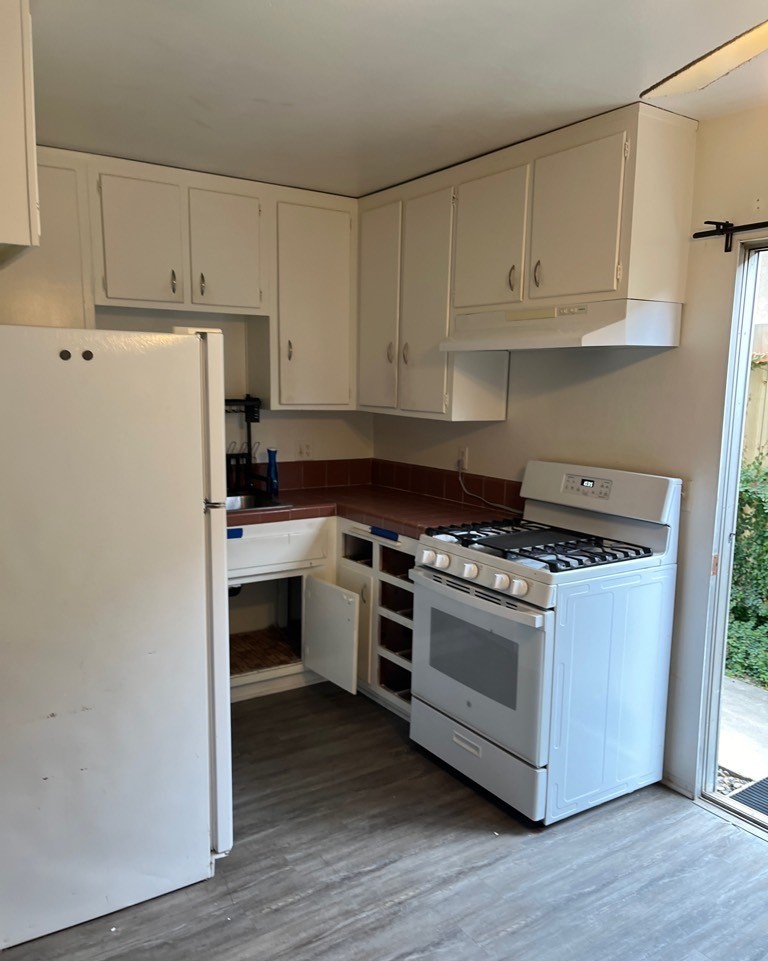
Kitchen sink leaks can be quite common, but fortunately, many of them have straightforward solutions. Here are some common reasons for kitchen sink leaks:
- Worn-out Connections: Over time, the sealant around pipe connections can break down, allowing water to seep through. Tightening the connections or replacing the sealant often solves the problem. If the damage is severe, consider replacing affected pipes or fixtures.
- Damaged O-rings: If your kitchen sink is leaking from the faucet, check the O-ring. Tighten it clockwise using a wrench. If that doesn’t work, try replacing the washer. If neither solution works, you may need to replace the entire faucet.
- Worn Gaskets or Washers: Leaks underneath the sink may be due to worn gaskets or washers. Replace them to prevent further leakage.
- Loose or Corroded Water Supply Lines: Inspect the water supply lines. Tighten any loose connections. Regular maintenance can prevent corrosion and leaks.
- Issues with Drain Pipes or Connections: If the leak is from the drain gasket, replace it. Clean the area around the drain before installing the new gasket.
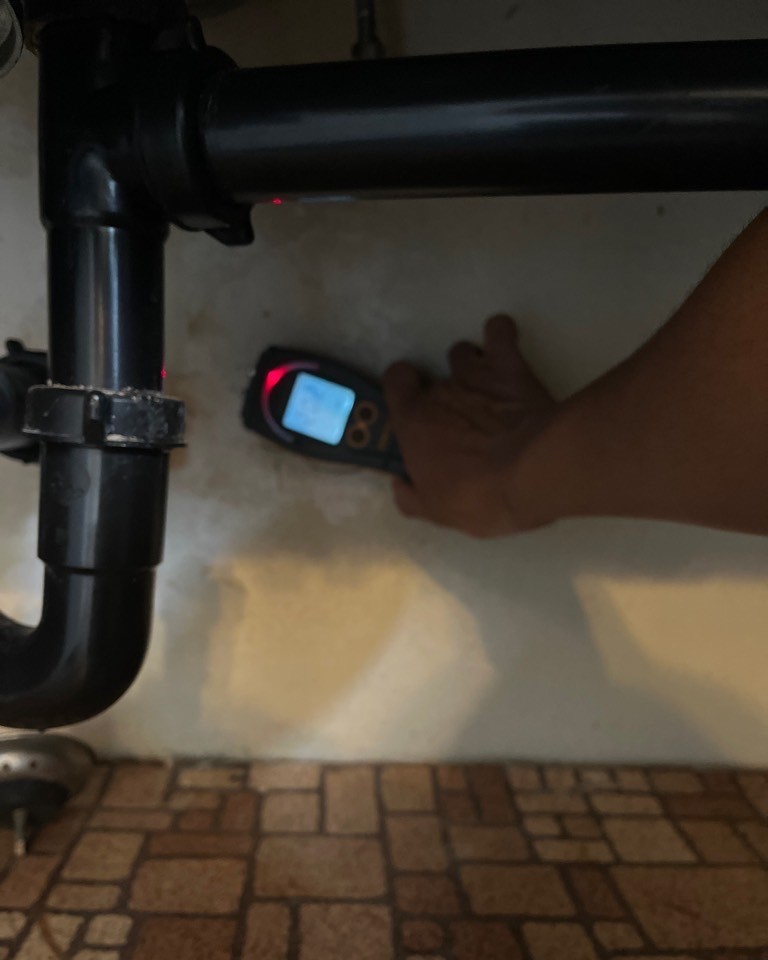
If you’re dealing with wet drywall, insulation, and wet cabinetry due to a kitchen sink leak, follow these steps:
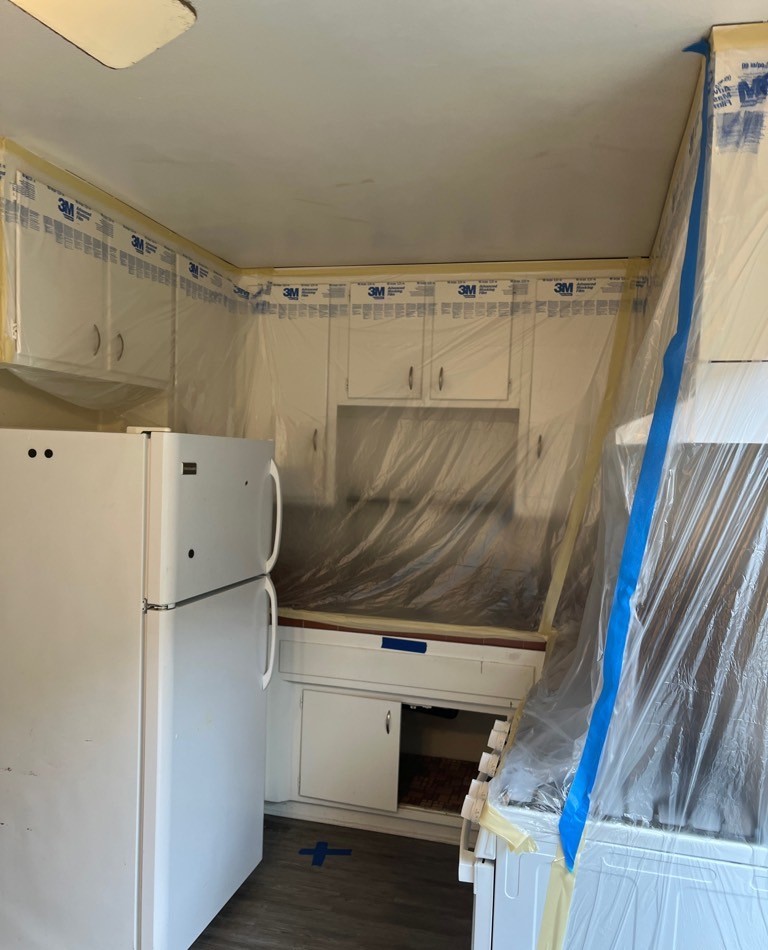
Prevent Mold Growth:
Soak up any standing water using dry towels or a mop.
Use bleach and hot water to wipe the area and prevent mold growth.
Ensure proper ventilation to keep the area dry.
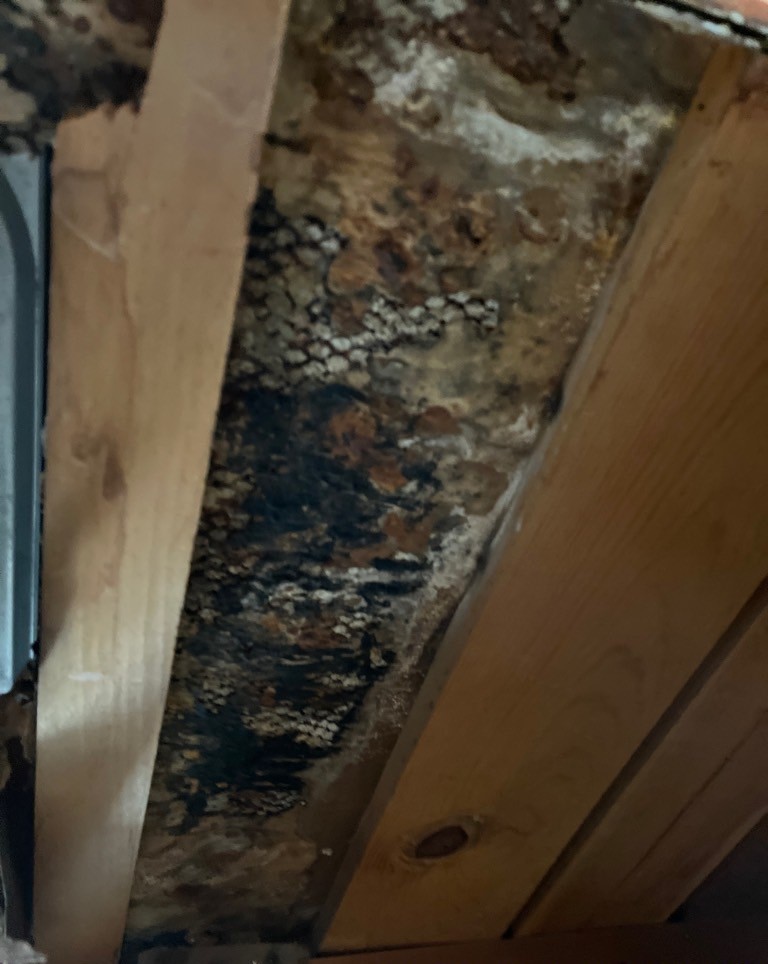
- Dry Out the Area:
Ventilation: Use fans or open windows to promote airflow and dry the space.

Dehumidifier: Place a dehumidifier in the room to reduce moisture build-up.
- Assess and Restore:
Inspect Insulation: If insulation is wet, consider replacing it to prevent mold growth.
Cabinetry Restoration:
Sand the interior of the cabinets using 100-grit sandpaper until smooth.
Apply wood filler to damaged areas, ensuring a smooth layer for later painting.
Seal edges with caulk and let it dry.
Prime and paint the cabinet to complete the restoration.
Remember to perform regular maintenance and promptly address leaks to prevent water damage. If DIY methods fail, consult a professional.


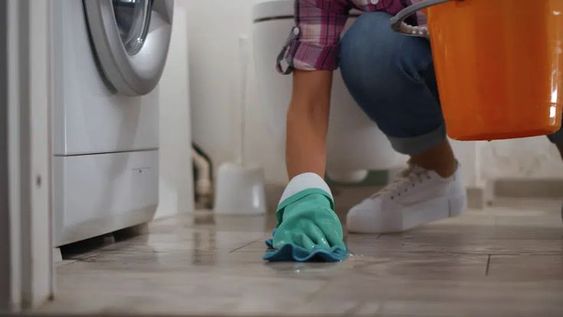
 PuroClean of San Clemente
PuroClean of San Clemente